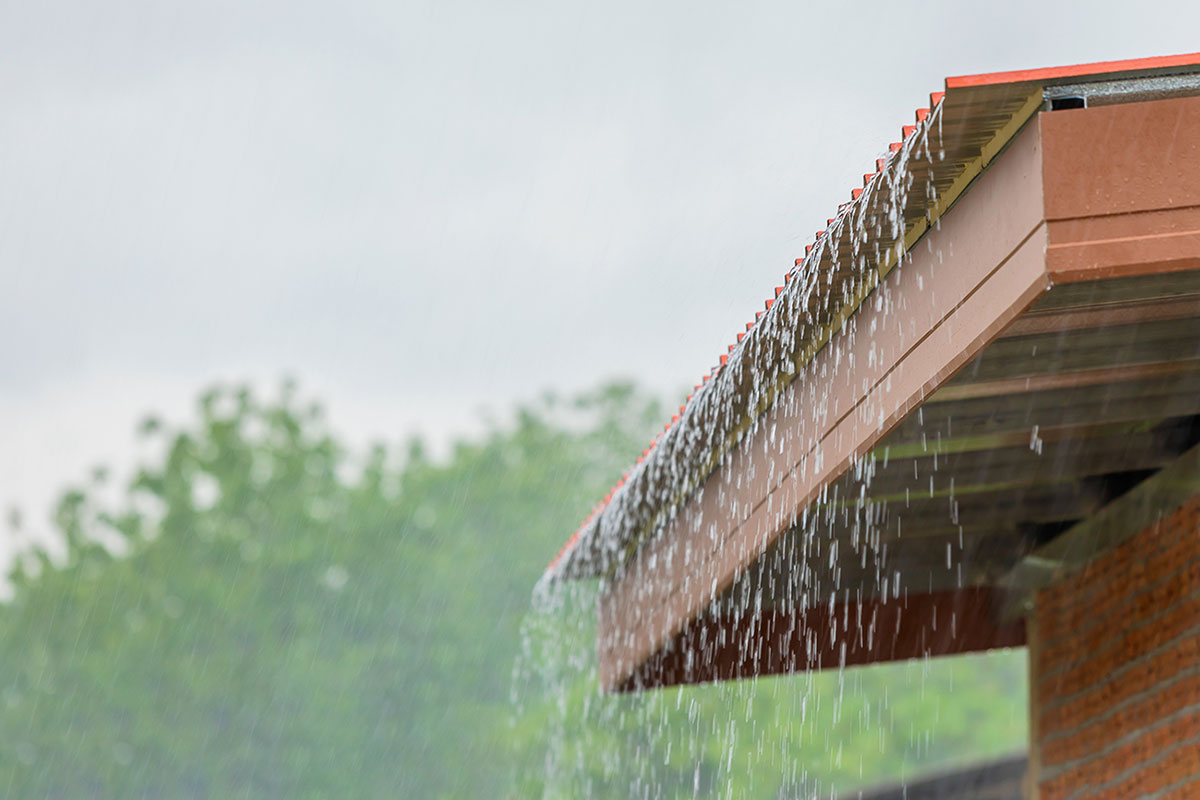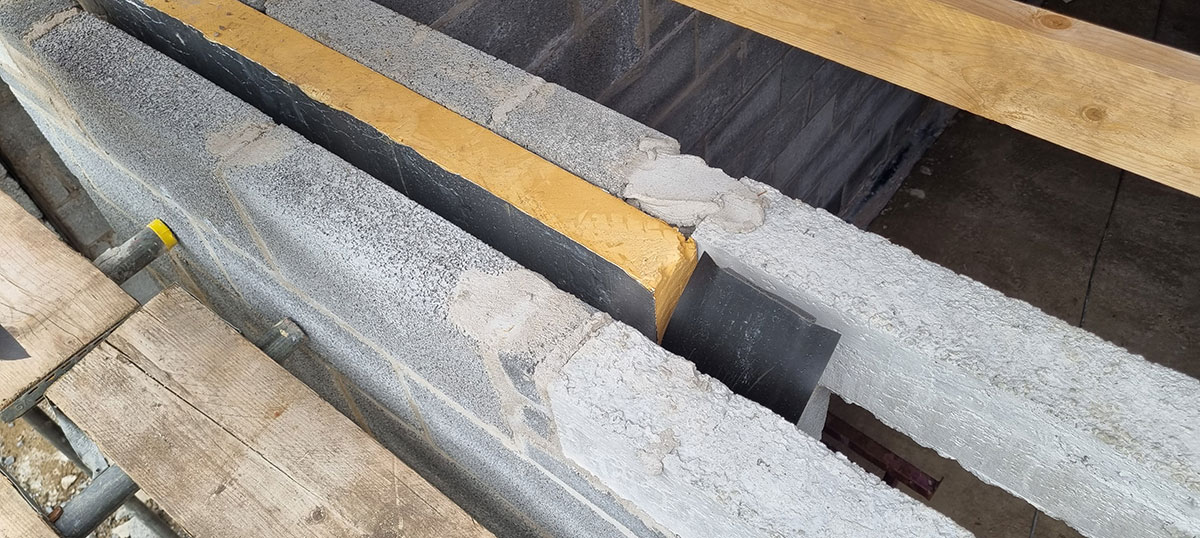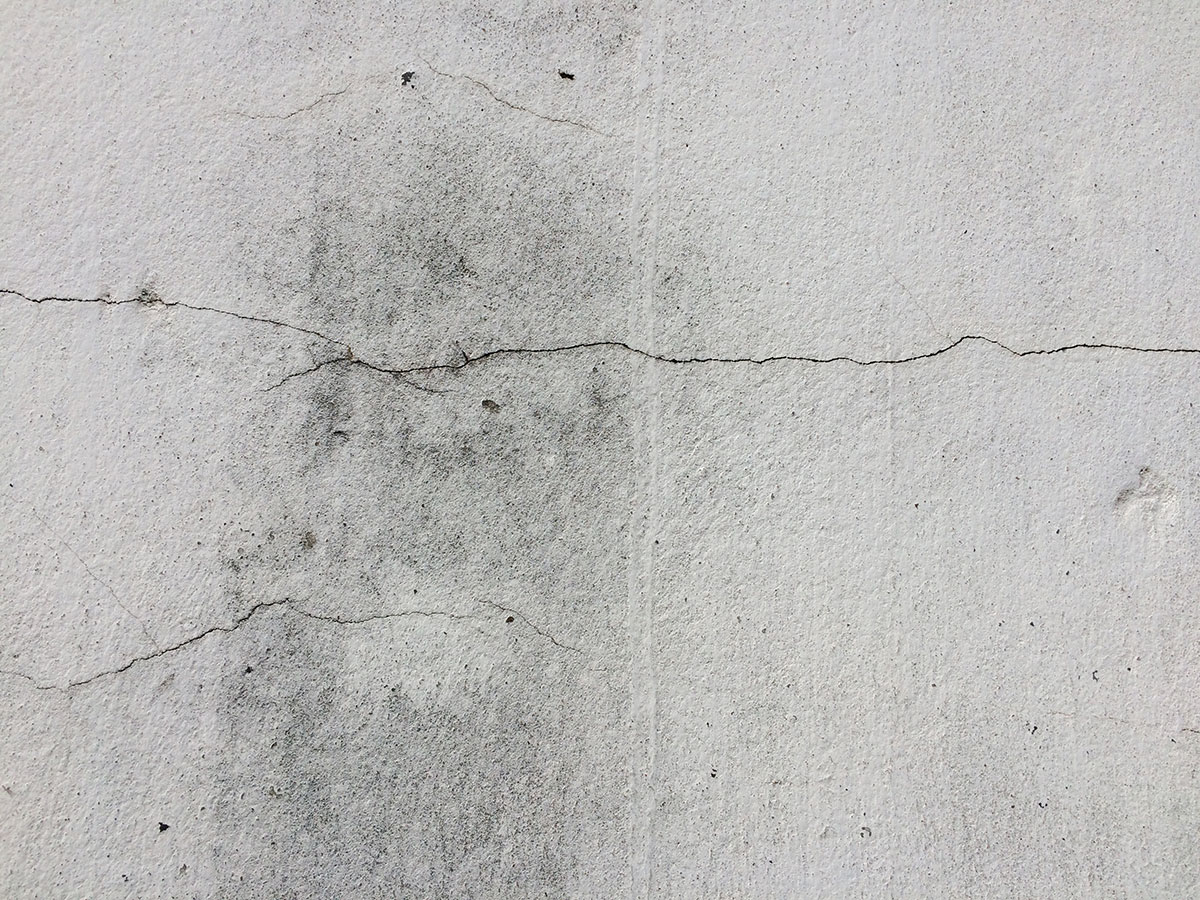Table of Contents
What Can Go Wrong With Cavity Wall Insulation

Written by: Briain Kelly
Published: June 13, 2024
Last updated: November 4, 2025
Reading time: 4 mins
Cavity Wall Insulation is a popular and cost effective way to retrofit homes to make them more energy efficient. However, understanding potential problems is an important part of choosing the best ways to insulate your home.
As cavity wall insulation goes inside the fabric of the building it is far easier to have it put in than to have it removed. Removing cavity wall insulation, while possible, will be a costly and disruptive process.
That’s why it’s important to make sure that the job is done correctly the first time around. Choosing the right type of insulation for your home, and avoiding simple mistakes, will save money and trouble in the long run.
Here we’ve discussed some of the most common problems that can arise when dealing with cavity wall insulation.
The Most Common Problems From Cavity Wall Insulation
In the vast majority of cases, cavity wall insulation will not cause any problems to a building when properly installed. However, there is a possibility that issues will arise.
The most common problems which can arise from failure with cavity wall insulation are:
Dampness: Damp caused by either moisture bridging, damaged walls, or badly installed insulation.
Cold Spots: If insulation is installed improperly, or the wrong insulation is used, it can result in areas without insulation allowing heat or cold to penetrate. This can cause heat losses as well as condensation.
Building Damage: Cavity Wall insulation can in some cases cause damage to the fabric of the building if it places too much pressure on the walls.
Your Home Might Not Be Suitable for Cavity Wall Insulation
Not all homes are suitable for cavity wall insulation depending on their construction and the area where you live, and this can lead to a number of problems.
If you have questions about whether or not the cavity wall insulation is the best solution for your home it is essential to consult with a qualified surveyor first.
Problems with Damp
If you live in an area with driving rain, particularly if the walls are built with a moisture-permeable material such as brick, then cavity wall insulation can lead to damp problems.
One of the features wall cavities were created for is the ability for moisture to drain out of the bottom of the cavity and prevent issues with dampness.
If you have solid insulation boards or mineral wool batts installed in an area with heavy rain it can create a bridge for moisture, leading to condensation on the interior walls.
Some insulation materials such as expanded polystyrene beads are less susceptible to this, as they leave room for moisture to drain. But if you live in an area where your home is exposed to frequent driving rain then another wall insulation solution could be preferable.

Cavity Space Size
Cavity wall insulation should not be installed if the cavity space in question is less than 50mm, though most modern homes will have at least 50mm – 100mm.
A too narrow cavity space, or badly built wall, may present problems by preventing the insulation from spreading properly. Many retrofit projects rely on injecting insulation into the cavity space from outside.
A jagged or uneven internal cavity space can cause issues for blown wool insulation or polystyrene beads as they become jammed and are unable to fill the entire cavity. Wool insulation is far more likely to get caught on wall ties or jagged edges than EPS insulation.
This will result in cold spots where a lack of insulation creates a thermal bridge, negating the value of the insulation, and can also cause damp if using wool insulation.

Damage to the Fabric of the Building
Before installing any insulation, it is essential that you have a solid understanding of the current condition of the fabric of the building, and how that might be affected by adding cavity wall insulation.
If there are any cracks in the wall of the building, comprising the cement or the bricks themselves, this will severely affect any cavity wall insulation.
Damage to the brickwork, with cracks in the property, will leave it exposed to severe weather. Rainwater and moisture will penetrate the fabric of the building and damage the insulation.
Beyond that, if the structural integrity of the building is not up to scratch, then cavity wall insulation could actually damage the property.
EPS beads and pumped foam insulation can add too much pressure to the wall if installed improperly, or if the wall is damaged. This can cause cracks in the wall which allow water to ingress and for heat to escape.

Badly Installed Insulation
Having cavity wall insulation installed improperly can lead to multiple long-lasting effects, which is why it is so important to have a trusted contractor with solid customer service.
Poor installation can have different effects depending on what insulation material is being used.
If mineral wool batts or solid boards of insulation are being installed in cavity walls then they need to have a tight fit, both to each other and to the wall itself.
Gaps between insulation boards or batts will leave thermal bridges allowing heat to escape and cold or moisture to get in. If insulation is not properly fitted to the wall, or an adequate width to fill the cavity space, then it may sag over time, breaking the insulating layer.
Pumped insulation such as blown fibre, EPS beads, or expanding foam also requires the installer to judge how many holes are needed to ensure full coverage of the wall.
If not enough are used it may leave spots in the wall with no insulation. Conversely, if too much is pumped in it can damage the fabric of the wall.
Inadequate Ventilation
Buildings need ventilation in order to avoid condensation, and cavity walls are no exception to this. When getting cavity wall insulation the installer must take care not to block or seal any existing vents.
The installer may also need to install additional ventilation in the wall in order to comply with building regulations.
How to Avoid Problems with Cavity Wall Insulation
The simplest way to avoid having any issues with cavity wall insulation in your home is to choose a reputable contractor. They will carry out a survey of your home before installing insulation.
A good surveyor should identify any issues such as cracks in the wall, inadequate ventilation, rubble in the cavity space, etc which need to be addressed before the project can go ahead.
Get in Touch
Take a free assessment with us now to learn more about how insulation can improve your home life and help save you money!
What Can Go Wrong With Cavity Wall Insulation
Published: June 13, 2024
Last updated: November 4, 2025

Written by: Briain Kelly
Reading time: 4mins
Cavity Wall Insulation is a popular and cost effective way to retrofit homes to make them more energy efficient. However, understanding potential problems is an important part of choosing the best ways to insulate your home.
As cavity wall insulation goes inside the fabric of the building it is far easier to have it put in than to have it removed. Removing cavity wall insulation, while possible, will be a costly and disruptive process.
That’s why it’s important to make sure that the job is done correctly the first time around. Choosing the right type of insulation for your home, and avoiding simple mistakes, will save money and trouble in the long run.
Here we’ve discussed some of the most common problems that can arise when dealing with cavity wall insulation.
The Most Common Problems From Cavity Wall Insulation
In the vast majority of cases, cavity wall insulation will not cause any problems to a building when properly installed. However, there is a possibility that issues will arise.
The most common problems which can arise from failure with cavity wall insulation are:
Dampness: Damp caused by either moisture bridging, damaged walls, or badly installed insulation.
Cold Spots: If insulation is installed improperly, or the wrong insulation is used, it can result in areas without insulation allowing heat or cold to penetrate. This can cause heat losses as well as condensation.
Building Damage: Cavity Wall insulation can in some cases cause damage to the fabric of the building if it places too much pressure on the walls.
Your Home Might Not Be Suitable for Cavity Wall Insulation
Not all homes are suitable for cavity wall insulation depending on their construction and the area where you live, and this can lead to a number of problems.
If you have questions about whether or not the cavity wall insulation is the best solution for your home it is essential to consult with a qualified surveyor first.
Problems with Damp
If you live in an area with driving rain, particularly if the walls are built with a moisture-permeable material such as brick, then cavity wall insulation can lead to damp problems.
One of the features wall cavities were created for is the ability for moisture to drain out of the bottom of the cavity and prevent issues with dampness.
If you have solid insulation boards or mineral wool batts installed in an area with heavy rain it can create a bridge for moisture, leading to condensation on the interior walls.
Some insulation materials such as expanded polystyrene beads are less susceptible to this, as they leave room for moisture to drain. But if you live in an area where your home is exposed to frequent driving rain then another wall insulation solution could be preferable.

Cavity Space Size
Cavity wall insulation should not be installed if the cavity space in question is less than 50mm, though most modern homes will have at least 50mm – 100mm.
A too narrow cavity space, or badly built wall, may present problems by preventing the insulation from spreading properly. Many retrofit projects rely on injecting insulation into the cavity space from outside.
A jagged or uneven internal cavity space can cause issues for blown wool insulation or polystyrene beads as they become jammed and are unable to fill the entire cavity. Wool insulation is far more likely to get caught on wall ties or jagged edges than EPS insulation.
This will result in cold spots where a lack of insulation creates a thermal bridge, negating the value of the insulation, and can also cause damp if using wool insulation.

Damage to the Fabric of the Building
Before installing any insulation, it is essential that you have a solid understanding of the current condition of the fabric of the building, and how that might be affected by adding cavity wall insulation.
If there are any cracks in the wall of the building, comprising the cement or the bricks themselves, this will severely affect any cavity wall insulation.
Damage to the brickwork, with cracks in the property, will leave it exposed to severe weather. Rainwater and moisture will penetrate the fabric of the building and damage the insulation.
Beyond that, if the structural integrity of the building is not up to scratch, then cavity wall insulation could actually damage the property.
EPS beads and pumped foam insulation can add too much pressure to the wall if installed improperly, or if the wall is damaged. This can cause cracks in the wall which allow water to ingress and for heat to escape.

Badly Installed Insulation
Having cavity wall insulation installed improperly can lead to multiple long-lasting effects, which is why it is so important to have a trusted contractor with solid customer service.
Poor installation can have different effects depending on what insulation material is being used.
If mineral wool batts or solid boards of insulation are being installed in cavity walls then they need to have a tight fit, both to each other and to the wall itself.
Gaps between insulation boards or batts will leave thermal bridges allowing heat to escape and cold or moisture to get in. If insulation is not properly fitted to the wall, or an adequate width to fill the cavity space, then it may sag over time, breaking the insulating layer.
Pumped insulation such as blown fibre, EPS beads, or expanding foam also requires the installer to judge how many holes are needed to ensure full coverage of the wall.
If not enough are used it may leave spots in the wall with no insulation. Conversely, if too much is pumped in it can damage the fabric of the wall.
Inadequate Ventilation
Buildings need ventilation in order to avoid condensation, and cavity walls are no exception to this. When getting cavity wall insulation the installer must take care not to block or seal any existing vents.
The installer may also need to install additional ventilation in the wall in order to comply with building regulations.
How to Avoid Problems with Cavity Wall Insulation
The simplest way to avoid having any issues with cavity wall insulation in your home is to choose a reputable contractor. They will carry out a survey of your home before installing insulation.
A good surveyor should identify any issues such as cracks in the wall, inadequate ventilation, rubble in the cavity space, etc which need to be addressed before the project can go ahead.
Get in Touch
Take a free assessment with us now to learn more about how insulation can improve your home life and help save you money!
Solar Energy Saves Households Thousands in Electricity Costs
Take our 2-minute questionnaire and find affordable solar options to suit your budget and lifestyle.


